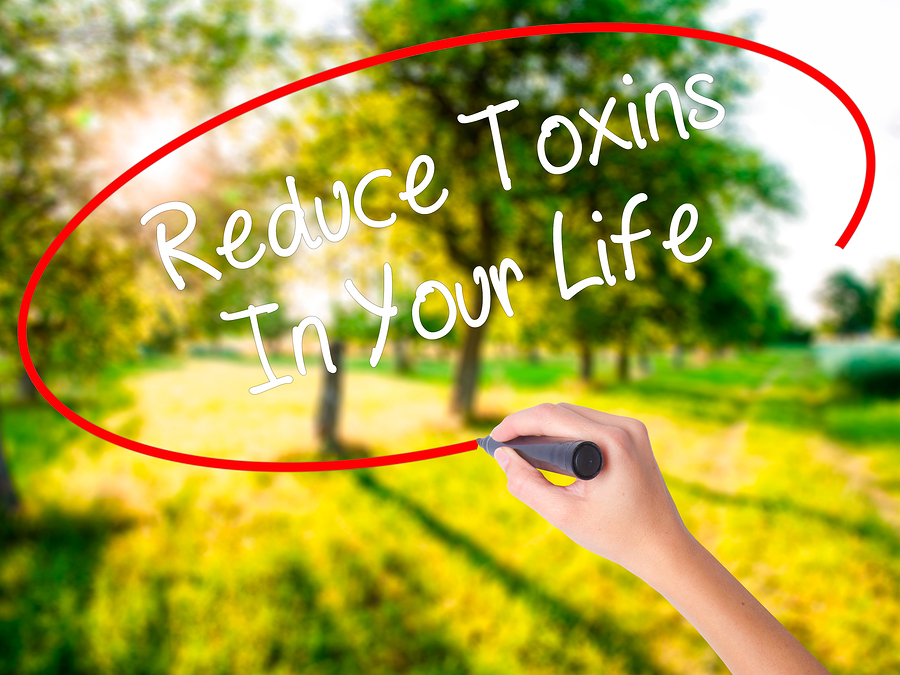- Make It Yourself Lavender Heart-Shaped Bath Bombs!
- 20 Things You Never Knew About “Down There”
- 12 Best Foods For Those Suffering From Arthritis Pain
- 12 Personal Hygiene Mistakes Almost Everyone Makes (Mom Never Told You About #4!)
- 15 Medicinal Plants And Herbs From The Cherokee People
- 12 Mind-Blowing Benefits Of Drinking Coconut Water During Pregnancy
- 12 Outstanding Winter Foods That Won’t Fatten You Up Like A Christmas Turkey
How To Protect Children From Toxins That Can Cause Brain Damage

Photo credit: bigstockphoto.com
When you bring a new life into the world, your main job is to keep this little person safe and teach him or her how to have the best life possible. Keeping them safe is a monumental task in itself and it is a never-ending job. It seems that everywhere you turn there is something new you must watch out for. Besides keeping them away from the toxins that we are aware of, we must keep unintended dangers away from them so they don’t come about them as they are exploring this new world.
We all know most of the obvious toxins that are in our home – household cleaners, toys that come from other countries, and certain foods that can pose a danger if consumed by little people – but there are a host of other toxins you may not be aware of. In order to keep your children properly protected, here are 11 toxins that you must keep away from them so they don’t suffer from brain damage. Here are 11 toxins that could leave children with brain damage.
1. Arsenic
This common toxin can be found in your city’s drinking water. As a precaution, you may want to have your water tested. If you find arsenic in your water you should invest in a water purifier or bottled water. It has been found to affect the brain function in children of school age.
2. Bisphenol A or BPA
These chemicals have been banned but you should always check to make sure they are not included in sippy cups or baby bottles. They were found to affect the brain development of small children and infants.
3. Fluoride
There are many cities that believe that adding fluoride right in the drinking water will help protect children from dental decay. The problem is it was found to reduce the IQ of children who were exposed to it at higher levels by 7 points.
Continue to Page 2

Photo credit: bigstock.com
4. Manganese
For children who live in Bangladesh, the drinking water contains manganese and was responsible for a reduced intellectual function and attention deficit hyperactivity disorder, or ADHD.
5. Toluene
Exposure to this dangerous solvent was found to affect the development of the brain in children, as well as leave them with attention deficit disorder.
6. Chlorpyrifos
These chemicals are used in pesticides. Most of them have been banned but they are still available in lower income portions of several countries. They are responsible for neurodevelopment issues that last usually until a child is 7 years old. They have also been found to create abnormalities in the brain and have been said to play a part in Alzheimer’s disease.
7. Tetrachloroethylene
These toxins can be found in products used by hairdressers, nurses, chemists and beauticians. They presented children with diagnoses of psychiatric issues, aggressive behavior, and hyperactivity.
Continue to Page 3

Photo credit: bigstockphoto.com
8. Lead
This dangerous toxin is more of the well-known items that can affect your children’s health. It has been known to lower a child’s IQ and there is no amount of exposure that doesn’t cause a risk.
9. Methylmercury
This substance can start trouble even before the child is born. It was found that the methylmercury that can be found in fish can be passed along from mother to fetus. Many fish contain high levels of mercury which are not safe for children.
10. Polychlorinate biphenyls or PCBs
Children and infants are at risk if they are exposed to these chemicals. They are most likely found in fish. A mother is also able to pass this toxin on to their infant while breast feeding.
Continue to Page 4

Photo credit: bigstockphoto.com
11. Polybrominated diphenyl ethers
While these chemicals were initially used as flame retardants added to the clothing of children and infants, they were meant to keep little ones safe. When they were exposed to infants while still in the womb they interfere with the development of the baby’s brain.
Now that you are armed with this information, what else can you do to make sure that these toxins do not meet up with your children in any way.
- Pay attention and trust your intuition. Make sure your environment is safe and sound. Check all areas of your home and don’t bring any products into your home that say they can be dangerous if exposed to children.
- Use organic products. The good news is more and more food stores are either featuring sections with organic foods and products and there are other stores that are dedicating their entire inventory to locally farmed foods and green cleaning products.
- Childproof your home and the baby’s nursery. Go through your home and check out every product and area to make sure your child won’t get hurt or consume something he or she should not partake in. When you take the time in the beginning you won’t have to worry. You will just have to keep up as you bring new items into your home.
- Check all labels. The fewer ingredients the better. The old saying is if you can’t pronounce it you shouldn’t be eating it or using it in your home. Keep it simple.
READ ALSO: Are You Aware Of The Poison In Your Food? Infographic
- Stay informed. Make sure you stay up-to-date on the latest medical news and information regarding children and toxins. New products are added to the marketplace on a regular basis. Don’t bring anything home that your child could possibly get into and suffer from. Many housecleaning products and even laundry detergents have appeared to resemble candy and drew the attention of small children. If you must use them lock them up in a cabinet that is completely out of their reach.
References:

































Sheila Nico
Mar 27, 2017 at 5:00 am
This is scary! I have read in the Consumer Health Digest, that fluoride might just be one of those conspiracy theories that it can case mental retardation, oh well BPA is really bad, we cant argue with that